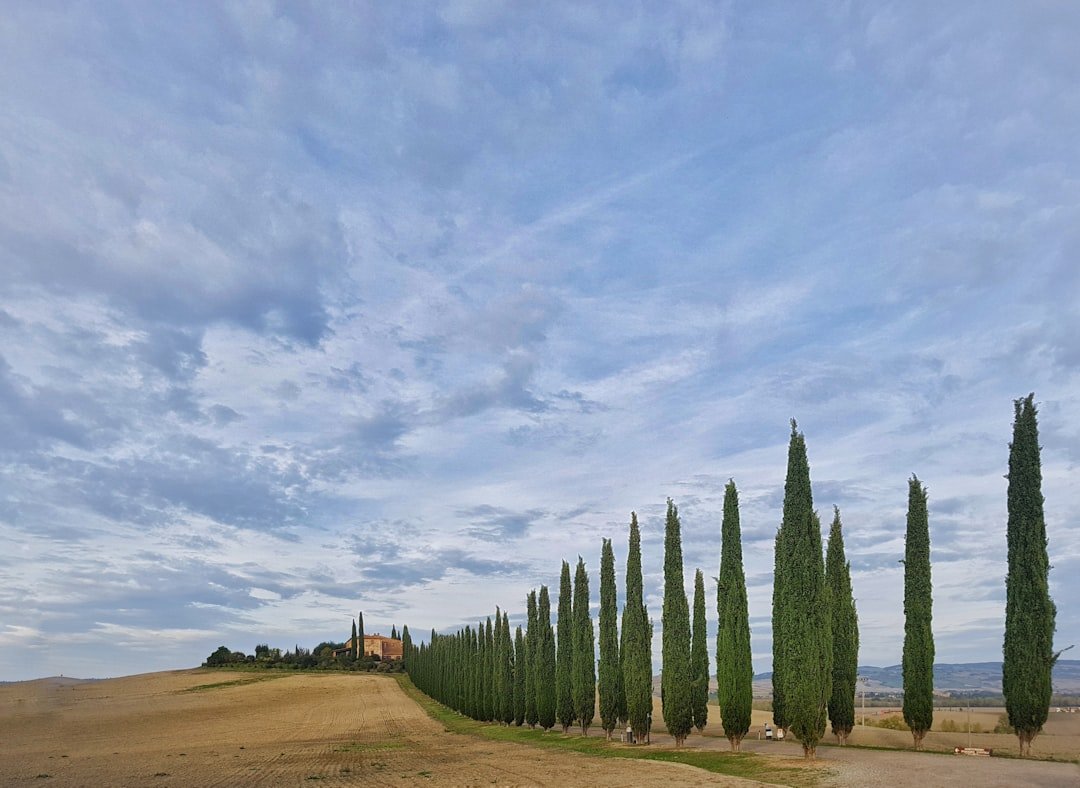Introduction to Balsamic Vinegar
One of the most treasured ingredients in the culinary world, Balsamic Vinegar is renowned for its irresistibly rich and nuanced flavor profile. Originating from Modena and Reggio Emilia, two historically significant regions in the geography of Italy, this condiment is, without doubt, a heritage reminiscent of the country’s age-old tradition and culture. Balsamic Vinegar is incredible on its own, but when used in conjunction with other ingredients, it brings out unique flavors that redefine dishes and treat the palate. It’s a kitchen staple that rightly deserves the attention it receives.
Gluten Free: A Crucial Consideration for the Health-Conscious
In today’s health-conscious society, more and more people are choosing a gluten-free diet for a myriad of reasons. Some are medically recommended to follow this diet to manage conditions like Celiac Disease. Meanwhile, others may make this dietary choice based on the belief that it results in a healthier lifestyle. Regardless of the reason, finding out whether a food or beverage is gluten-free is now a crucial consideration for many.
Is Balsamic Vinegar Gluten Free?
Good news for the health-conscious culinary enthusiasts and chefs among us – Balsamic Vinegar is generally gluten-free! Authentic balsamic vinegar is made from just one primary component: grape must. This ingredient is the juice obtained from freshly crushed grapes and its stems, skins, and seeds, which inherently does not contain gluten.
Traditional Balsamic Vinegar (Aceto Balsamico Tradizionale)
When we talk about Traditional Balsamic Vinegar (Aceto Balsamico Tradizionale), be it the variety coming from Modena or Reggio Emilia, it is absolutely gluten-free. They are made by reducing grape must to over half of its original volume, followed by a long aging process in barrels made from different kinds of wood. This production method does not introduce any gluten-containing ingredients into the vinegar.
Commercial Balsamic Vinegar
When it comes to commercially available Balsamic Vinegars (Aceto Balsamico di Modena IGP), these may contain additional ingredients other than grape must. They might have wine vinegar, caramel, or thickeners added to speed up the production process and enhance the flavor. While these additions do not typically contain gluten, there can be cases of cross-contamination during the production process, especially if the same equipment is used in the production of other vinegar types that might be mixed with gluten-containing ingredients.
How to Identify Gluten Free Balsamic Vinegar?
For those who cannot take any risk with gluten consumption, it is imperative to ensure that the balsamic vinegar they are buying is indeed gluten-free. Here are some points to consider:
Check the Label
Always check the label for the words ‘gluten-free.’ While authentic balsamic vinegars are inherently gluten-free, if these words are present, it assures you that the product has been made and packaged in an environment free from gluten contamination.
Ingredients List
Go through the list of ingredients. A genuine balsamic vinegar should ideally have a minimal number of ingredients. If you see a long list, consisting of unrecognizable names, play safe and avoid them.
Research The Brand
Researching the brand history and manufacturing methods can also give you valuable information about the gluten content of their products.
Conclusion
The bottom line is this: traditionally crafted balsamic vinegar like ‘Aceto Balsamico Tradizionale’ from Modena or Reggio Emilia are gluten-free. However, for commercially produced varieties, it is essential to remain conscientious and verify whether the chosen product is indeed free from gluten. Happy, healthy eating!
























